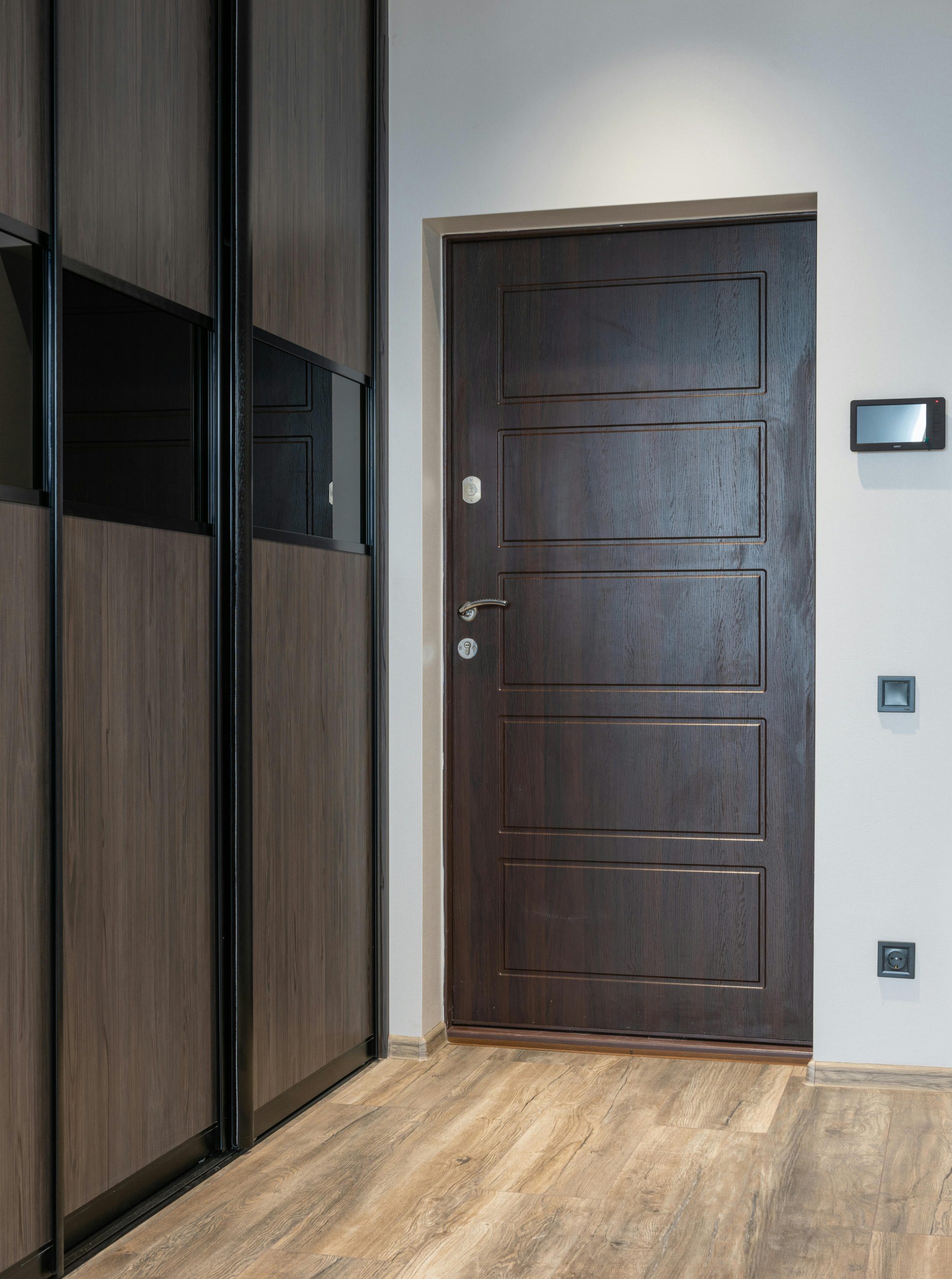Implementing a Material You Sticky Header in Android Using Smooth Scroll Snapping
In modern mobile design, sticky headers serve as a crucial UI pattern that enhances user experience by maintaining navigation or important information visible as users scroll through content. Inspired by Google’s Material You design language, I recently explored how to implement a sticky header similar to what is seen in Android’s system settings, and I’m excited to share a clean, efficient approach that incorporates smooth scroll snapping for a polished interaction.
Understanding the Design Pattern
This pattern is quite common across various applications. For example, Spotify’s persistent playback controls remain accessible as you scroll through a playlist, and GitHub’s issue tracker features a header summary that stays visible while exploring the issue history. These implementations improve usability by keeping relevant information within reach, regardless of the scroll position.
Implementation Overview
The key elements to achieving a Material You-inspired sticky header with seamless scroll behavior include:
- Layout Structure: Utilizing a
CoordinatorLayoutwith aAppBarLayoutor custom view that behaves as the sticky header container. - Scroll Behavior: Integrating
RecyclerVieworNestedScrollViewto manage content scrolling. - Snap Effect: Applying scroll snapping techniques to ensure the header neatly aligns after scrolling, providing a smooth and professional feel.
Sample Approach
While specific implementation details can vary based on project requirements, a typical setup involves:
- Designing the header view with Material You visual cues, such as rounded corners and subtle elevation.
- Assigning appropriate scroll flags and behavior attributes to coordinate the sticky behavior.
- Enhancing user interaction with scroll-snapping logic—either through built-in components or custom scroll listeners—that ensures the header snaps into place after a scroll gesture ends.
Benefits and Applications
This pattern not only aligns with Material You aesthetics but also promotes a more intuitive and accessible user experience. Developers can adapt this technique to create persistent navigation bars, contextual headers, or any UI element that benefits from remaining visible while browsing content.
Conclusion
By thoughtfully implementing a sticky header with smooth scroll snapping, developers can replicate the elegant interactions seen in Android’s system settings and popular apps like Spotify and GitHub. This approach provides a versatile foundation for building modern, user-friendly interfaces that adhere to Material You principles—enhancing both functionality and visual appeal.
I hope this overview proves helpful for your projects. Feel free to experiment with the concepts discussed, and share your experiences or questions in the comments!

